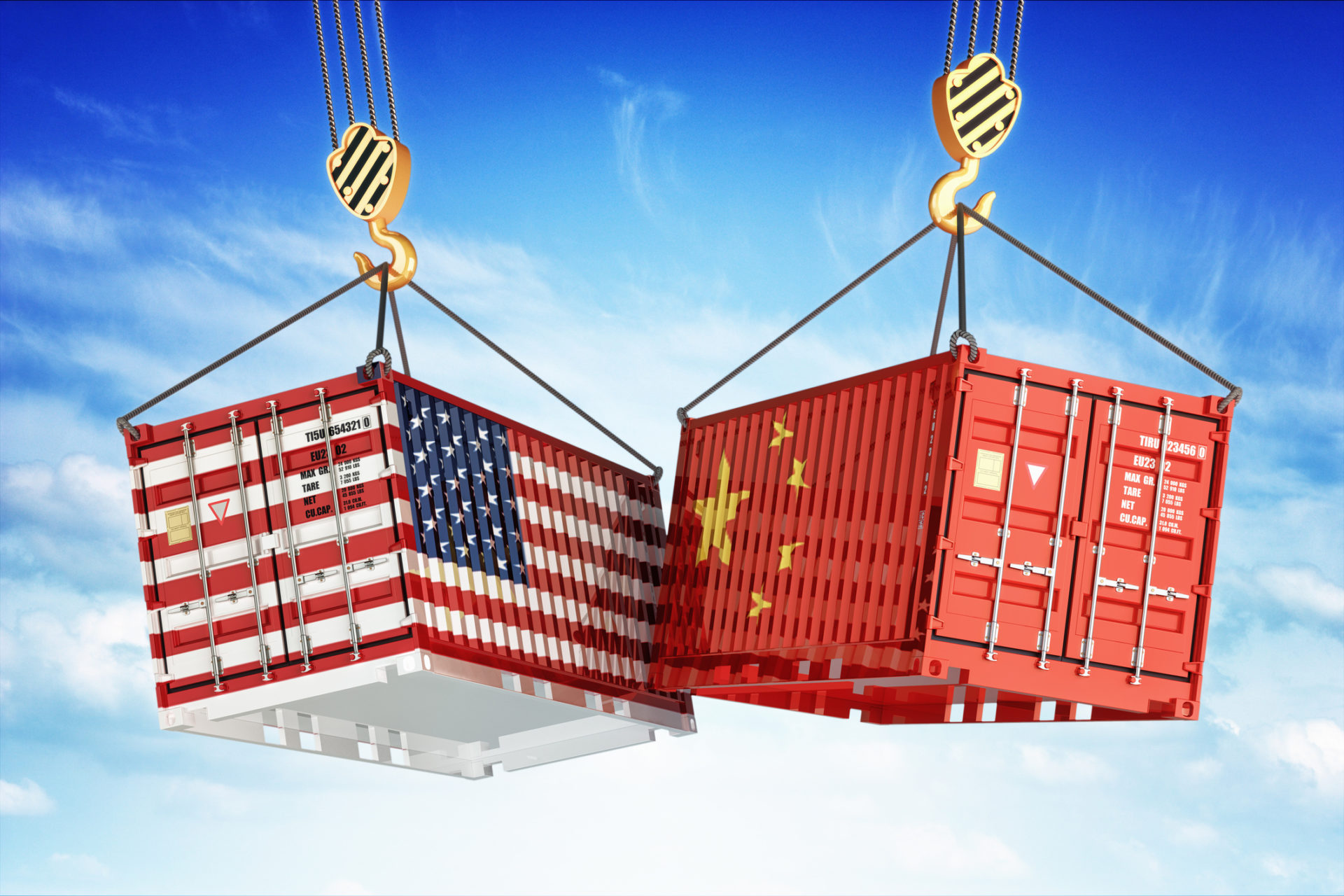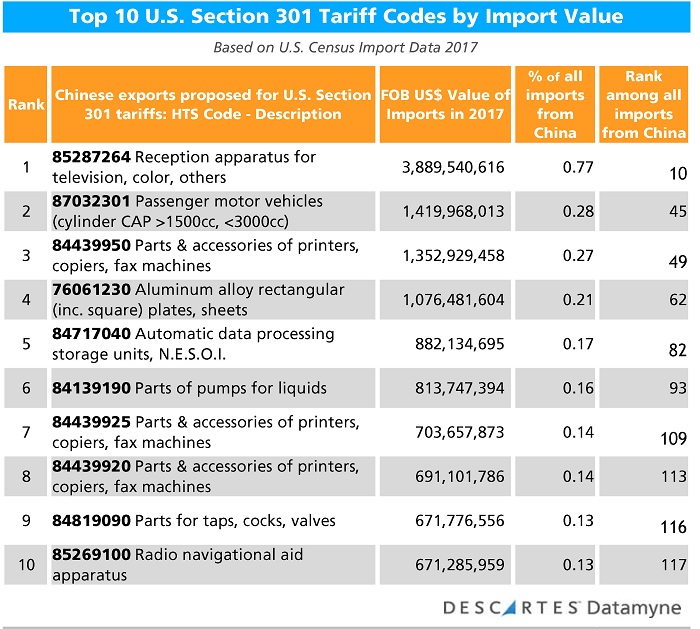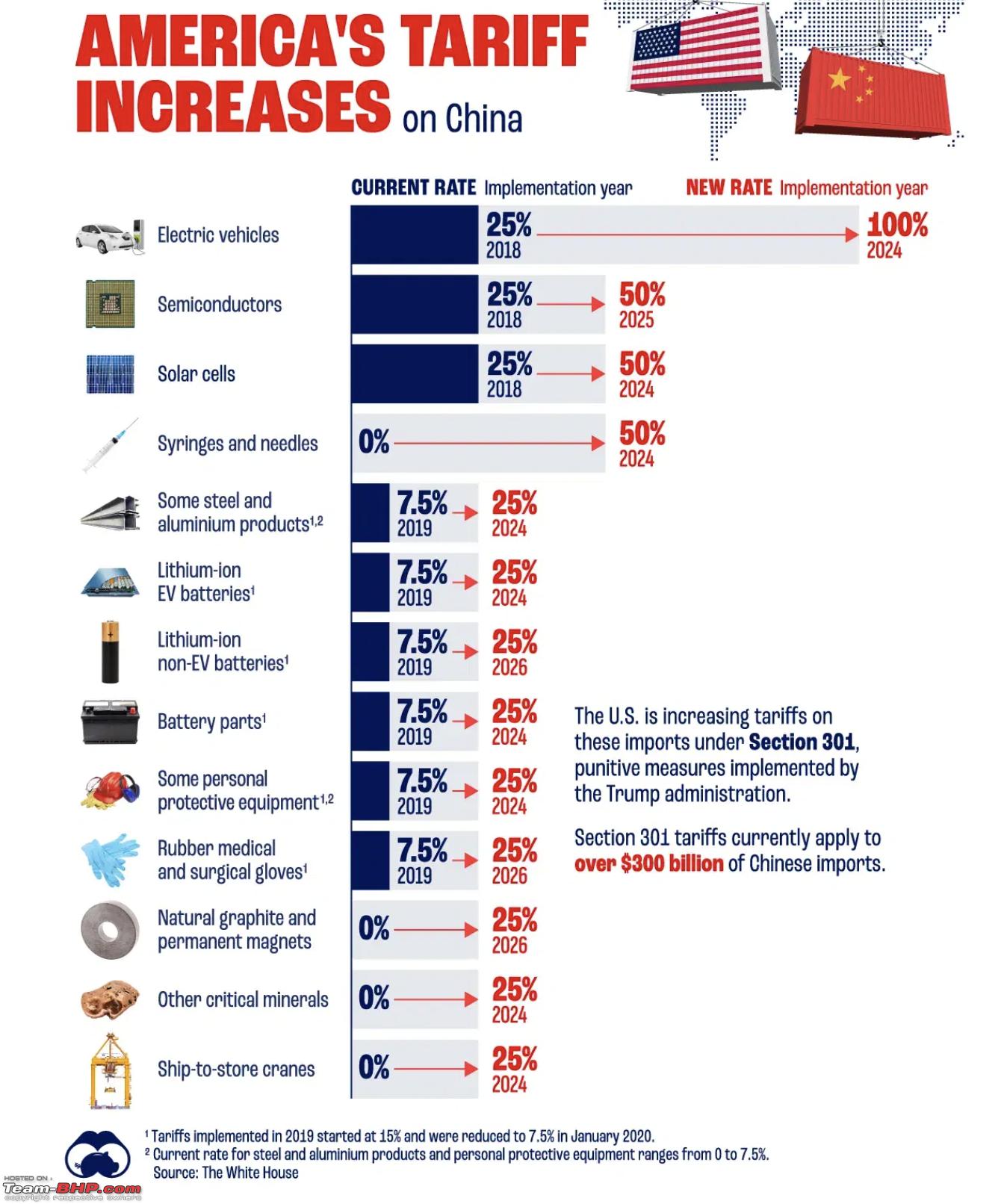Table of Contents
- Tariffs from Trump: Key facts on Canada, Mexico, and China duties
- Tariff moves between China and the US - Global Times
- USA could soon impose 100 per cent tariff on Chinese electric vehicles ...
- United States and China Trade War: Tariff Showdown - UWL | Freight ...
- New China Tariff Increases for Five Products - NNR Global Logistics
- Cartoon: Trade War Fortification-Xinhua
- Trump raises tariffs on Chinese goods as trade war escalates | AP News
- Tariff moves between China and the US - Global Times
- US-China Tariff War and Apparel Sourcing: A Four-Year Review (updated ...
- U.S. Tariffs on Chinese Goods: Overview and Timeline


The Trump administration's decision to impose tariffs on Chinese goods has been a major point of contention between the two nations. The US has accused China of unfair trade practices, including intellectual property theft and forced technology transfer, and has imposed tariffs on billions of dollars' worth of Chinese imports. China, on the other hand, has retaliated with its own tariffs on US goods, including soybeans, aircraft, and automobiles.

Escalating Tensions


The trade war has already had a significant impact on global markets, with stocks and currencies experiencing significant volatility. The US stock market has seen significant fluctuations, with the Dow Jones Industrial Average experiencing its largest decline of the year in August. The Chinese yuan has also experienced significant fluctuations, falling to its lowest level against the US dollar in over a decade.


A Call for Dialogue

The call for dialogue comes as the trade war begins to take a toll on the global economy. The International Monetary Fund (IMF) has warned that the trade war could reduce global economic growth by 0.3% in 2020, and the World Trade Organization (WTO) has warned that the trade war could lead to a "lose-lose" situation for both the US and China.

A Path Forward
As the trade tensions continue to escalate, it remains to be seen whether the US and China can reach a deal. The US has said that it is willing to negotiate, but has also warned that it will not back down on its demands for greater access to the Chinese market and an end to unfair trade practices. China, on the other hand, has said that it is willing to make concessions, but has also warned that it will not compromise on its core interests.One potential path forward is for the US and China to engage in talks and work towards a comprehensive trade agreement. This could involve the US and China negotiating a deal that addresses the core issues of intellectual property theft, forced technology transfer, and market access. It could also involve the US and China working together to establish a new framework for trade, one that promotes fair competition and cooperation between the two nations.
In conclusion, the trade tensions between the US and China have reached a critical point, with the latest tariffs sparking a strong response from Beijing. While the path forward remains uncertain, it is clear that a trade war would have significant consequences for the global economy. As such, it is imperative that the US and China engage in talks and work towards a comprehensive trade agreement that promotes fair competition and cooperation between the two nations. Only through dialogue and negotiation can the US and China hope to resolve their differences and establish a new framework for trade that benefits both nations.